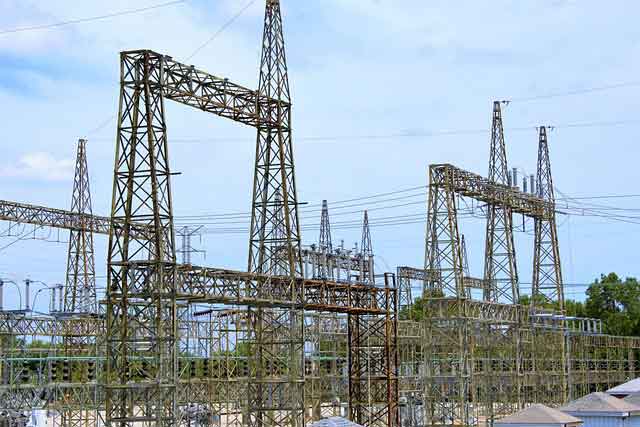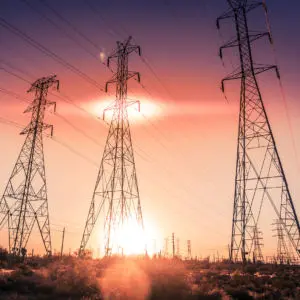SCE Wildfire Lawsuits allege utility equipment and power lines sparked deadly Los Angeles blazes; investigations, inverse condemnation, and stricter utility regulations focus on liability, vegetation management, and wildfire safety amid Santa Ana winds.
Key Points
Residents sue SCE, alleging power lines ignited LA wildfires; seeking compensation under inverse condemnation.
✅ Videos cited show sparking lines near alleged ignition points.
✅ SCE denies wrongdoing; probes and inspections ongoing.
✅ Inverse condemnation may apply regardless of negligence.
In the aftermath of devastating wildfires in Los Angeles, residents have initiated legal action, similar to other mega-fire lawsuits underway in California, against Southern California Edison (SCE), alleging that the utility's equipment was responsible for sparking one of the most destructive fires. The fires have resulted in significant loss of life and property, prompting investigations into the causes and accountability of the involved parties.
The Fires and Their Impact
In early January 2025, Los Angeles experienced severe wildfires that ravaged neighborhoods, leading to the loss of at least 29 lives and the destruction of approximately 155 square kilometers of land. Areas such as Pacific Palisades and Altadena were among the hardest hit. The fires were exacerbated by arid conditions and strong Santa Ana winds, which contributed to their rapid spread and intensity.
Allegations Against Southern California Edison
Residents have filed lawsuits against SCE, asserting that the utility's equipment, particularly power lines, ignited the fires. Some plaintiffs have presented videos they claim show sparking power lines in the vicinity of the fire's origin. These legal actions seek to hold SCE accountable for the damages incurred, including property loss, personal injury, and emotional distress.
SCE's Response and Legal Context
Southern California Edison has denied any wrongdoing, stating that it has not detected any anomalies in its equipment that could have led to the fires. The utility has pledged to cooperate fully with investigations to determine the causes of the fires. California's legal framework, particularly the doctrine of "inverse condemnation," allows property owners to seek compensation from utilities for damages caused by public services, even without proof of negligence. This legal principle has been central in previous cases involving utility companies and wildfire damages, and similar allegations have arisen in other jurisdictions, such as an alleged faulty transformer case, highlighting shared risks.
Historical Context and Precedents
This situation is not unprecedented. In 2018, Pacific Gas and Electric (PG&E) faced similar allegations when its equipment was implicated in the Camp Fire, the deadliest wildfire in California's history. PG&E's equipment was found to have ignited the fire, and the company later pleaded guilty in the Camp Fire, leading to extensive litigation and financial repercussions for the company, while its bankruptcy plan won support from wildfire victims during restructuring. The case highlighted the significant risks utilities face regarding wildfire safety and the importance of maintaining infrastructure to prevent such disasters.
Implications for California's Utility Regulations
The current lawsuits against SCE underscore the ongoing challenges California faces in balancing utility operations with wildfire prevention, as regulators face calls for action amid rising electricity bills. The state has implemented stricter regulations and oversight, and lawmakers have moved to crack down on utility spending to mitigate wildfire risks associated with utility infrastructure. Utilities are now required to invest in enhanced safety measures, including equipment inspections, vegetation management, and the implementation of advanced technologies to detect and prevent potential fire hazards. These regulatory changes aim to reduce the incidence of utility-related wildfires and protect communities from future disasters.
The legal actions against Southern California Edison reflect the complex interplay between utility operations, public safety, and environmental stewardship. As investigations continue, the outcomes of these lawsuits may influence future policies and practices concerning utility infrastructure and wildfire prevention in California. The state remains committed to enhancing safety measures to protect its residents and natural resources from the devastating effects of wildfires.
Related News












